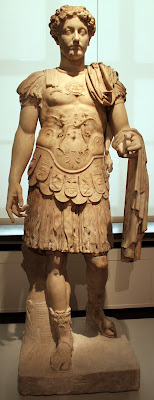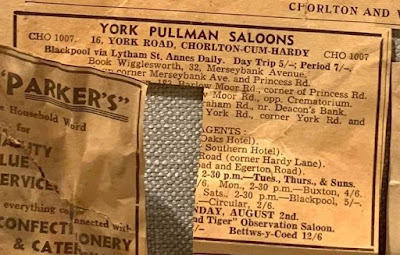Now I missed this series first time round and so I am listening with interest, as Phil Tinline explores just how we achived those civil rights and freedoms we take for granted.
 |
| 1824 |
And of course here in Manchester and the North West we played our part in that story, from the Manchester petition calling for the abolition of the slave trade in the late 18th century, to the General Strike of 1842, along with the campaign to extend the right to women to vote in general elections and much more.
It came in the form of a defence of Spanish Fascism, and the Nationalist military rising which took place in Spain in 1936.
Out of the blue the contributor, attacked the International Brigade for desecrating churches, and went on to praise the Spanish Fascist Party while suggesting there was no difference between the legitimate democratically elected Republican Government and the Bolsheviks.
It all played out with a series of assertions and rebuttals, until I took that simple and obvious decision that you don't debate with those who seek to paint Fascism in a favourable light, whether it be .... Spanish Fascism, Italian Fascism or that brand peddled by the Nazi Party.
In this episode, "Phil Tinline asks Dr Christienna Fryar about the slave rebellion in Jamaica in 1831, led by the enslaved Baptist preacher Samuel Sharpe, and how it contributed to Britain's abolition of slavery. And Dr Fryar and Kimberly McIntosh of the Runnymede Trust reflect on the long-term legacy of slavery, and how free black people are in Britain today.
 |
| 1874 |
First broadcast in 2019.
Producer: Phil Tinline*
And you can catch the first omnibus edition at Week One Omnibus - From Magna Carta to Victorian Trade Unions
Pictures; front cover, Account of An Insurrection of the Negro Slaves in the Colony of Demerara, 1824, and huge demonstration at Piccadilly in 1874 for the locked out agricultural workers, from the Graphic Newspaper 1874
*The Abolition of Atlantic Chattel Slavery, https://www.bbc.co.uk/programmes/m00020jz
**Week One Omnibus - From Magna Carta to Victorian Trade Unions, https://www.bbc.co.uk/programmes/m0001yb6
















































